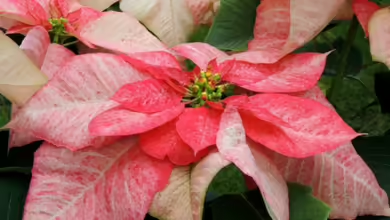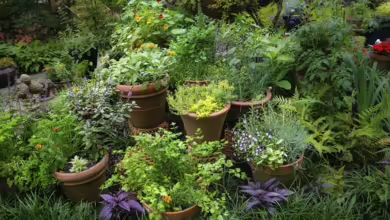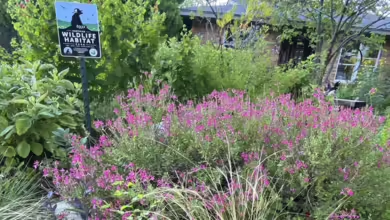Attract Migrating Hummingbirds for Your Garden
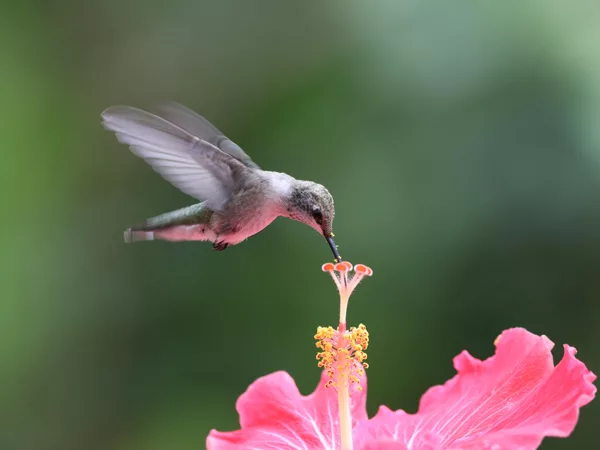
Hummingbirds migrate through the Fort Worth area every fall and spring. They spend the summer in northern states and Canada, and winter in south Texas and Mexico.
If you’ve never hanged a hummingbird feeder, now is the time. The native hummingbirds will come to the feeder first, and this tiniest of all birds is a delight to watch.
Migrating hummingbirds will come through in September, depending on weather. Nectar from tubular-shaped flowers makes up 20-25% of hummingbirds’ food, but adding a hummingbird feeder with sugar water will supplement their diet. Hummingbird feeders are particularly important in areas with few flowering plants. Hummers also eat spiders and insects for protein. These fast tiny birds will pluck spiders from webs and catch tiny insects in flight.
Fill hummingbird feeders with a mixture made of one part sugar to four parts of water. Stir the sugar into the water until fully dissolved. Once the hummers find your feeder, many will come to feast. Do not be alarmed if you observe the hummers fighting over the feeder: They are territorial over feeders and nesting sites.
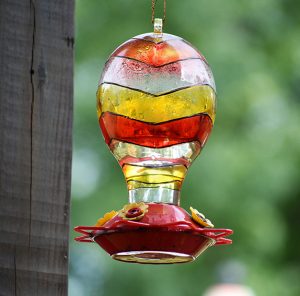
When you are filling the feeder, it is not necessary to add red food coloring. The red on the feeder and the sweet smell of the sugar water will attract the hummers.
Refill the feeder about every three to five days with fresh sugar water.
The sugar may attract ants to your feeder. If this happens, coat the hanger with Vaseline. Ants will not crawl over Vaseline. Bees may also appear, but the hummers will keep the bees away.
Hang the feeder where you will enjoy watching hummers. When the season is over, store the feeder until April, just in time for the next spring migration.
According to Texas A&M University, the brilliant colors displayed by the hummingbirds are not caused by pigments in the feathers. Instead, these colors are structural, meaning they are produced by reflected or refracted light.
Male hummingbirds migrate and arrive on their breeding grounds a week or two before the females. Males then establish and defend territories around food sources. Females arrive and find the males. After mating, the females set up separate nesting territories and defend against other hummingbirds. Within weeks, the young are out of the nest and flying.
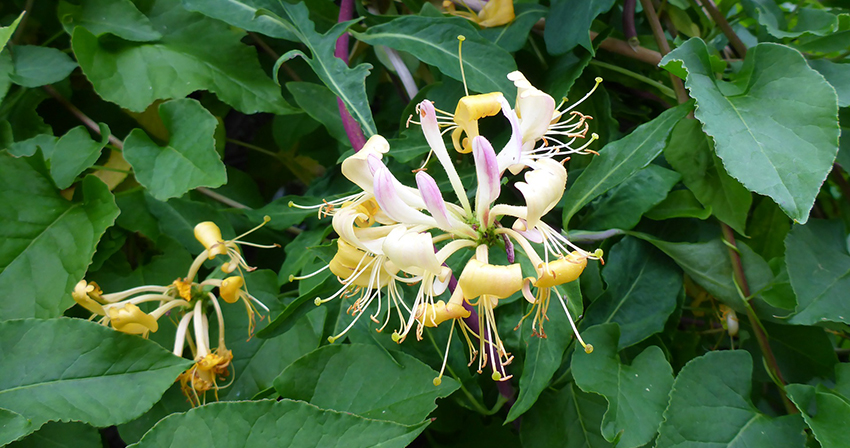
If you want to attract hummingbirds with flowers, plant: Turk’s cap, Morning-glory, Coral vine, Esperanza, Trumpet vine, Coral-bean
All honeysuckles, hibiscus, Azalea, bee balm, bergamot, columbine, tiger lily, larkspur, nasturtium, scarlet sage, beauty bush, butterfly bush, weigela, cardinal flower, coral bells, foxglove, snapdragon, scarlet salvia, and mimosa tree.
To learn more about hummingbirds, view these resources: www.Hummingbirds.TAMU.edu and www.Hummingbirds.tpwd.texas.gov.


